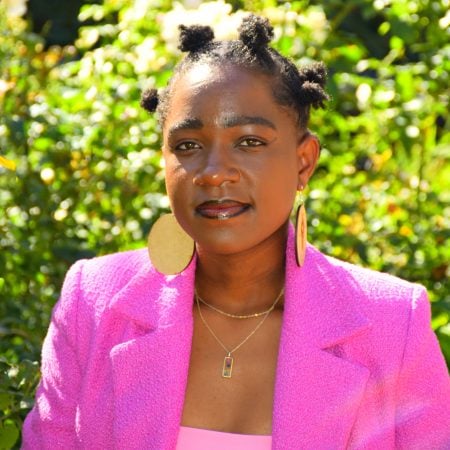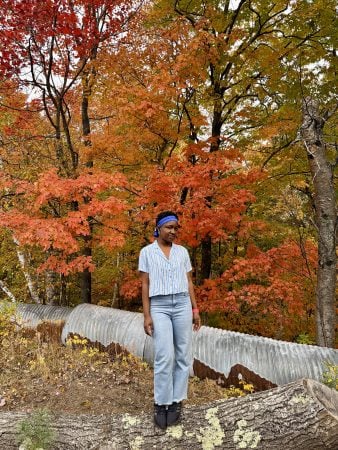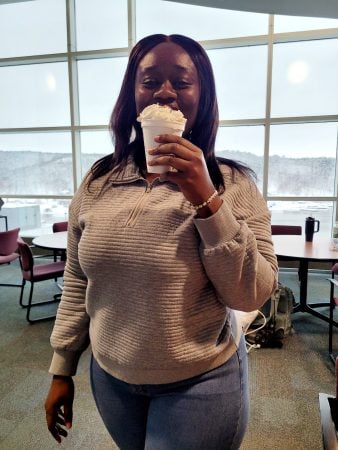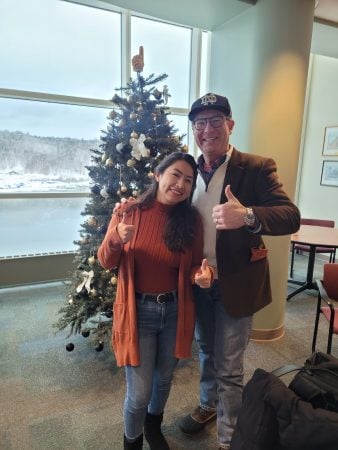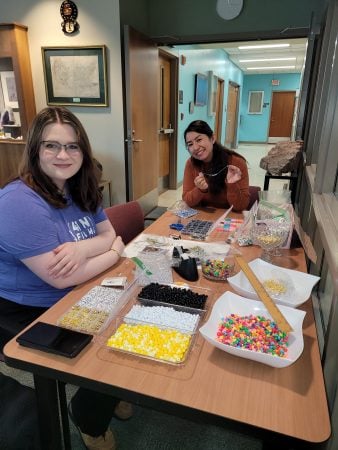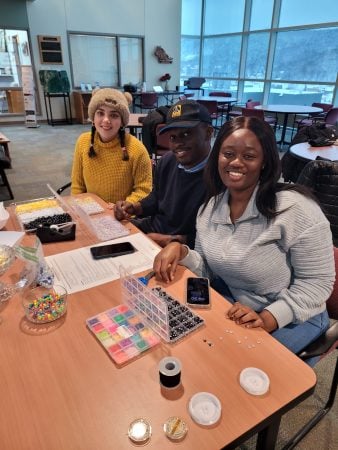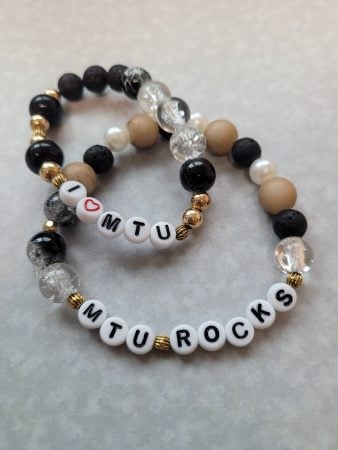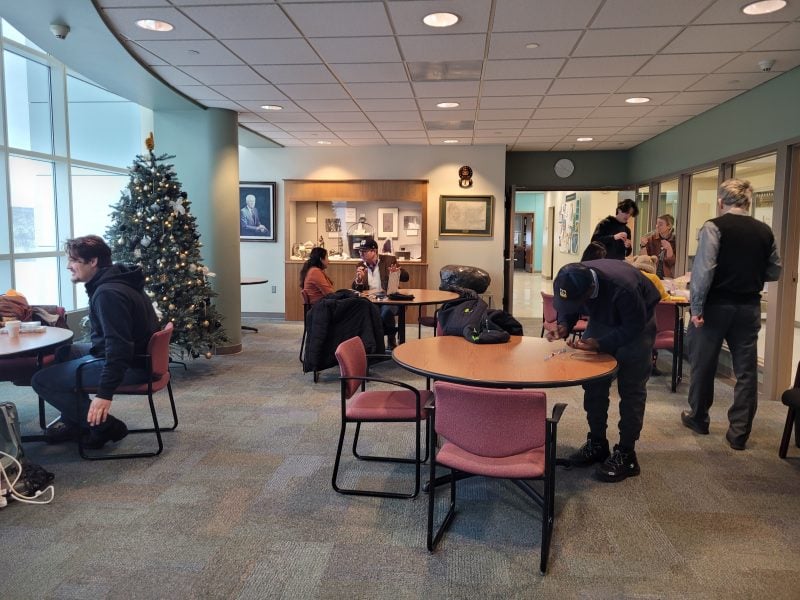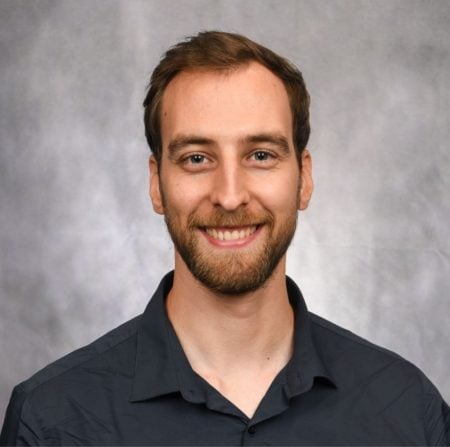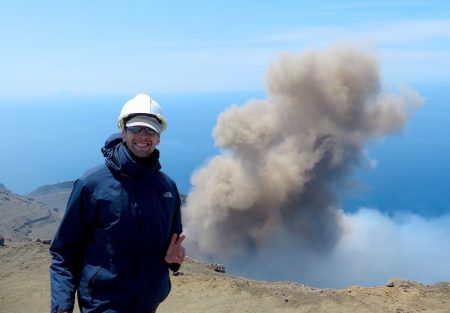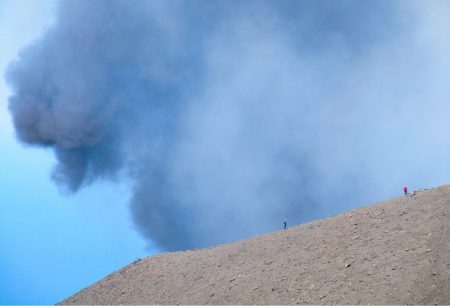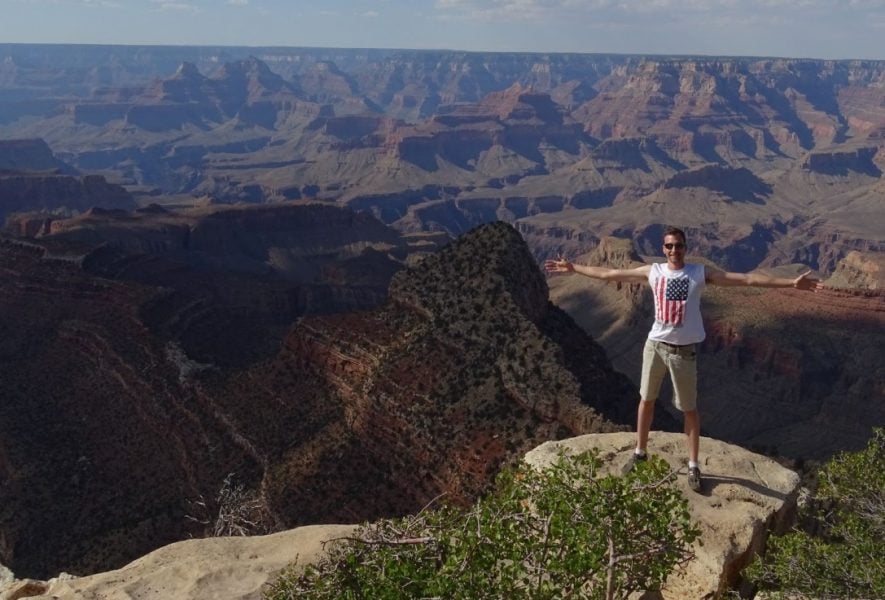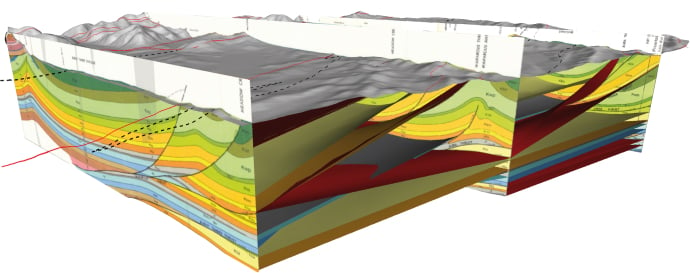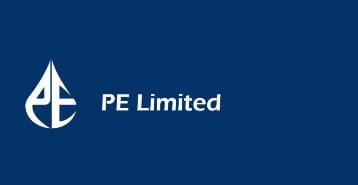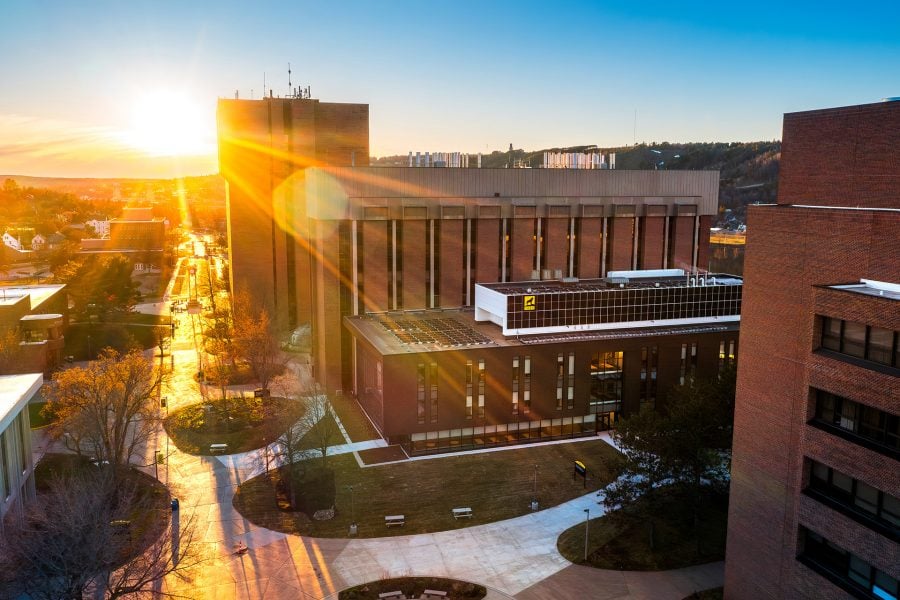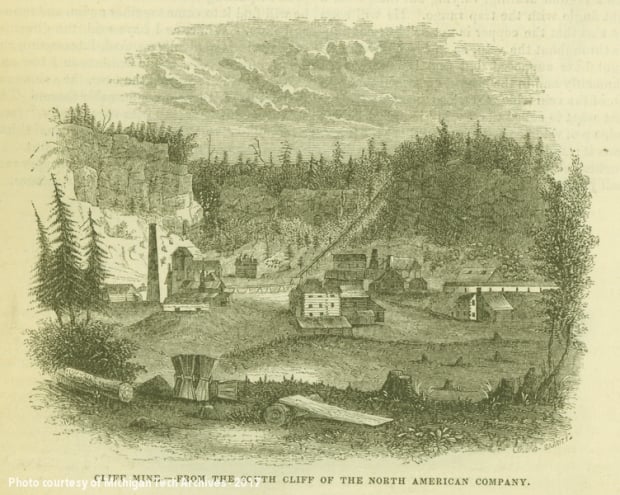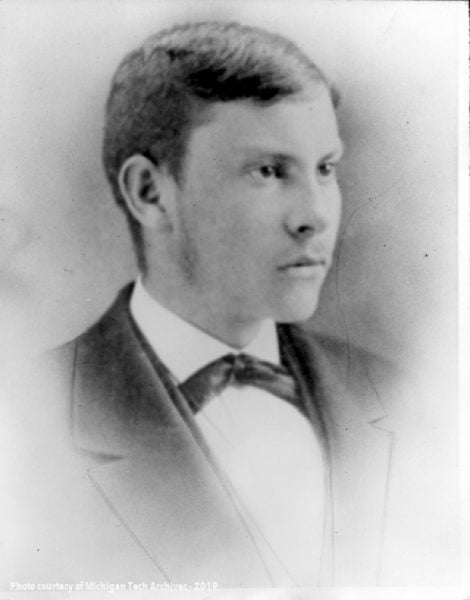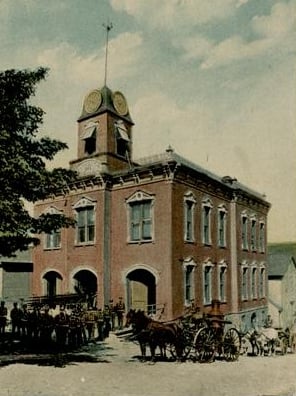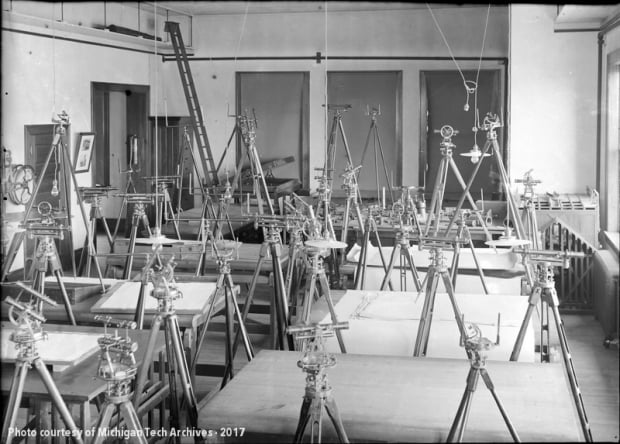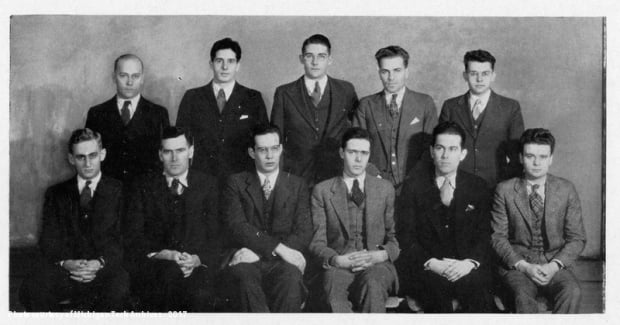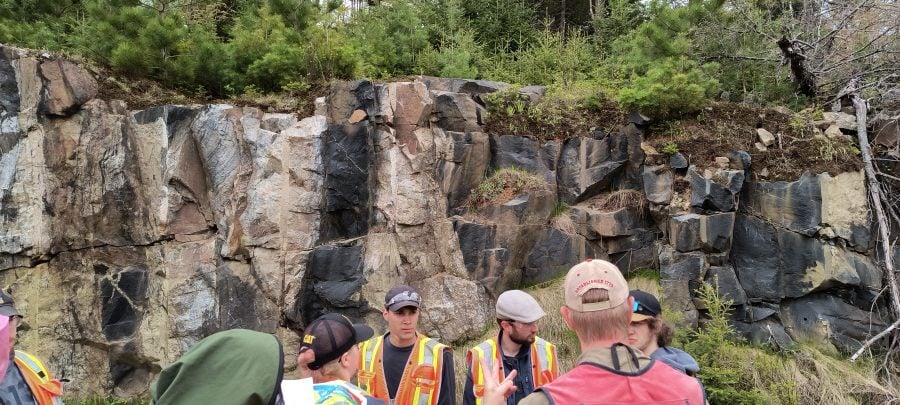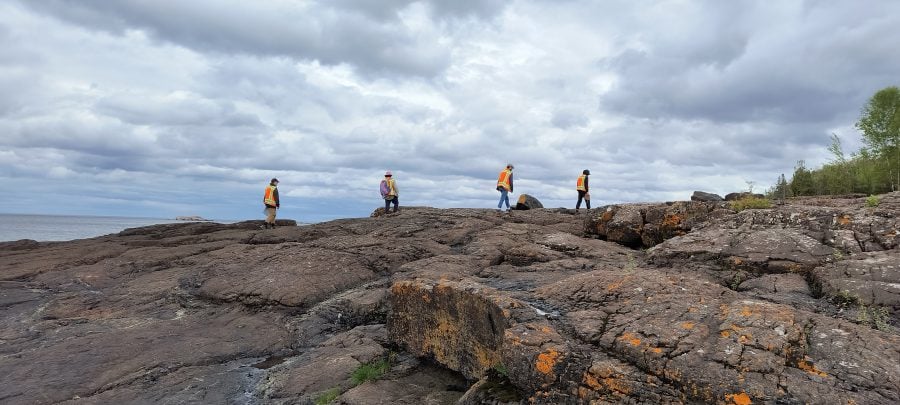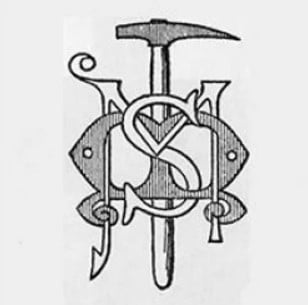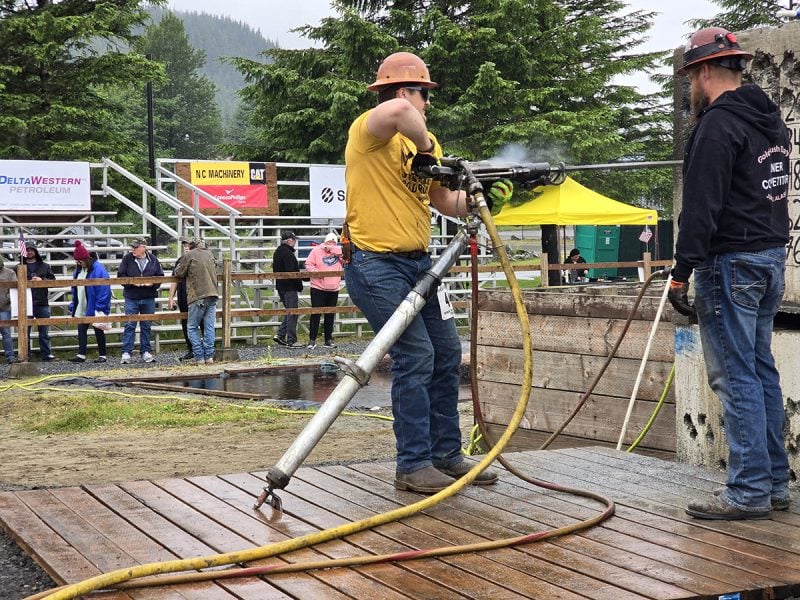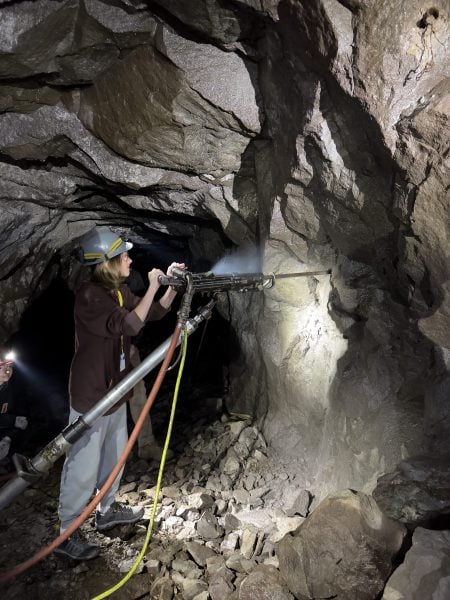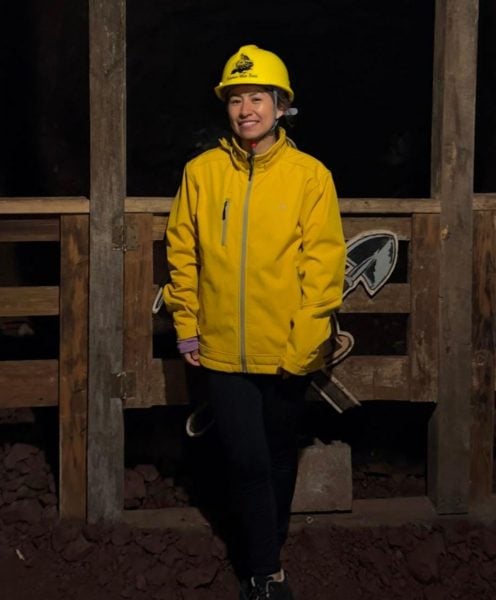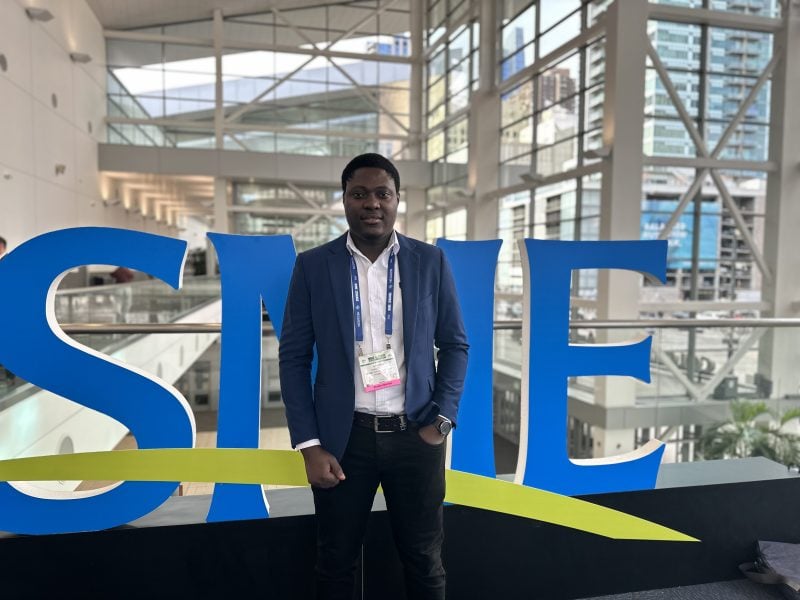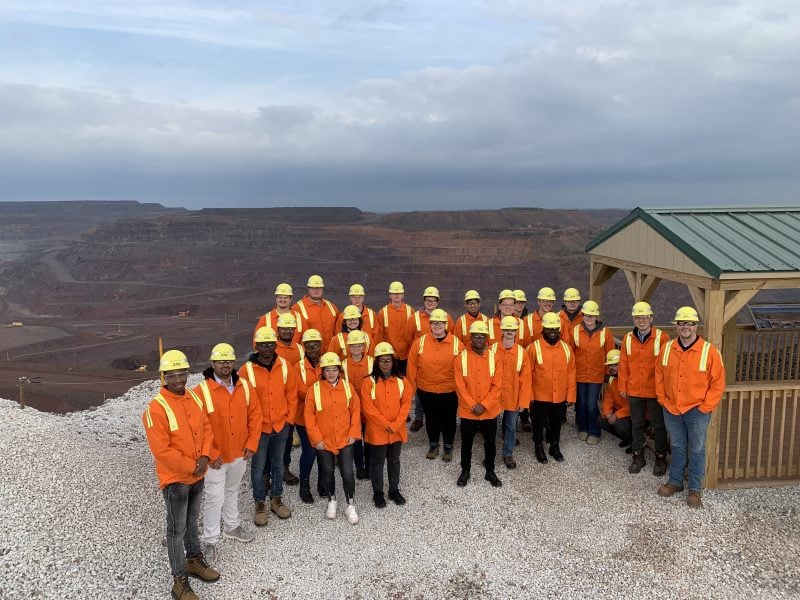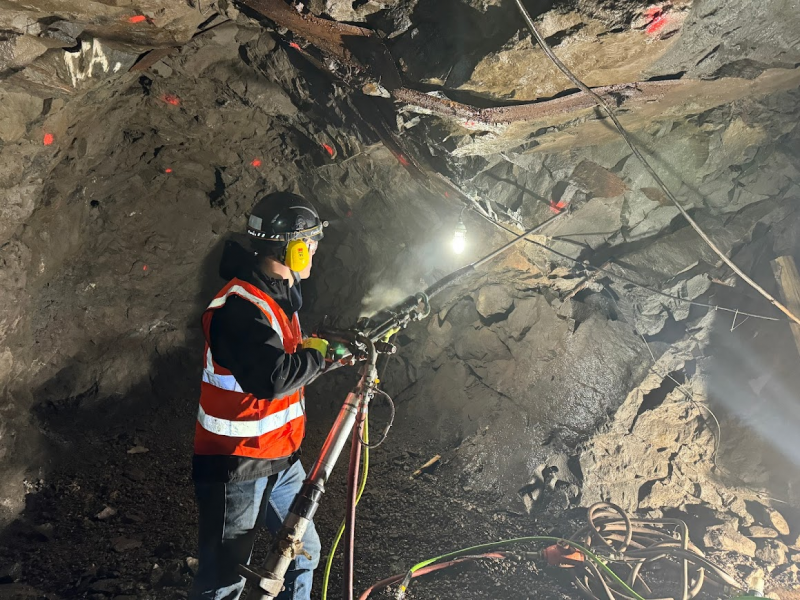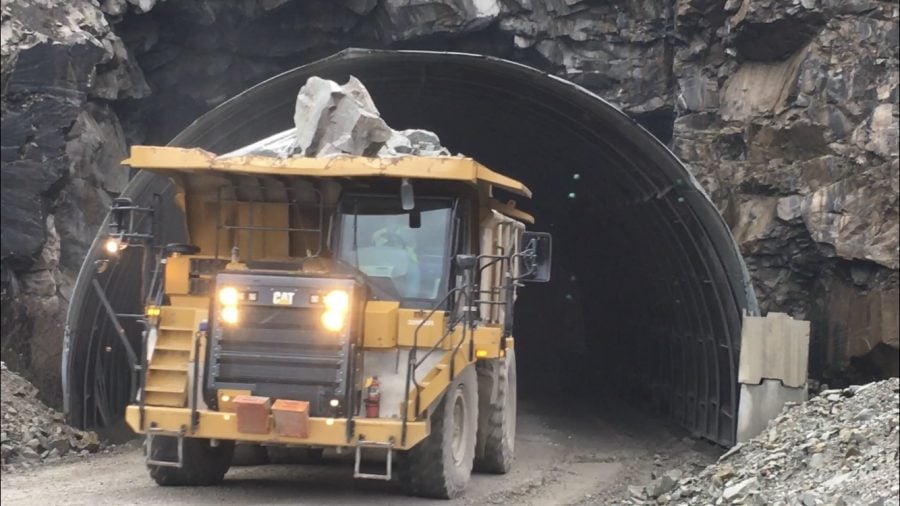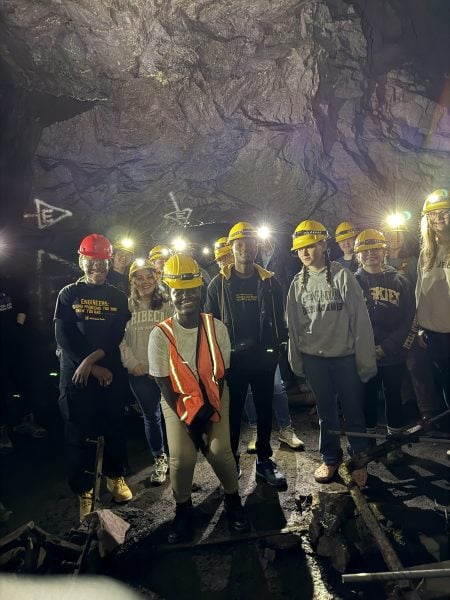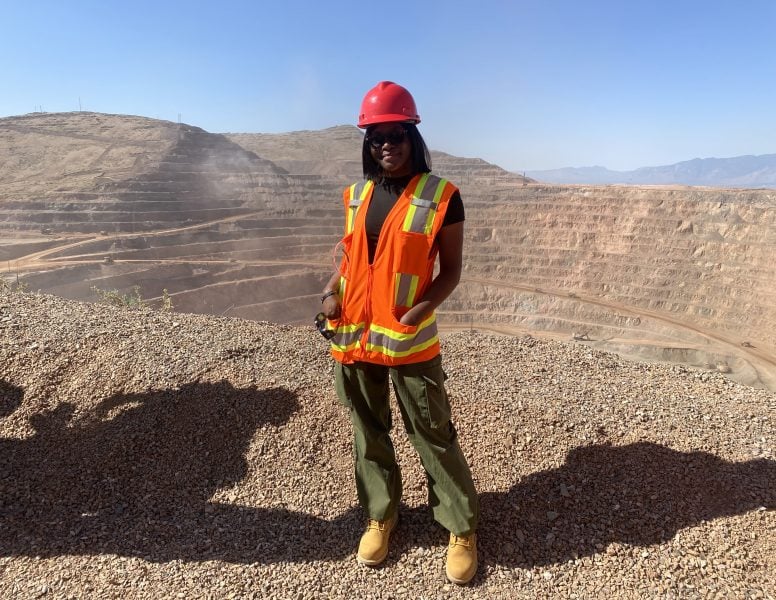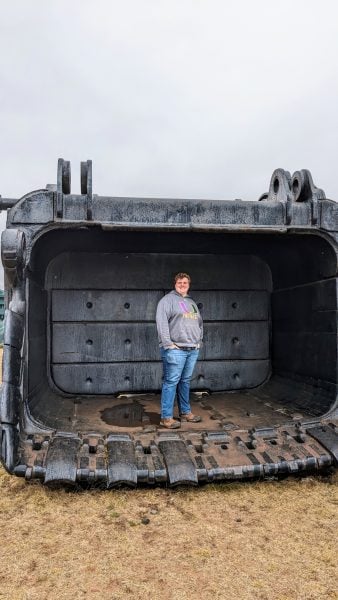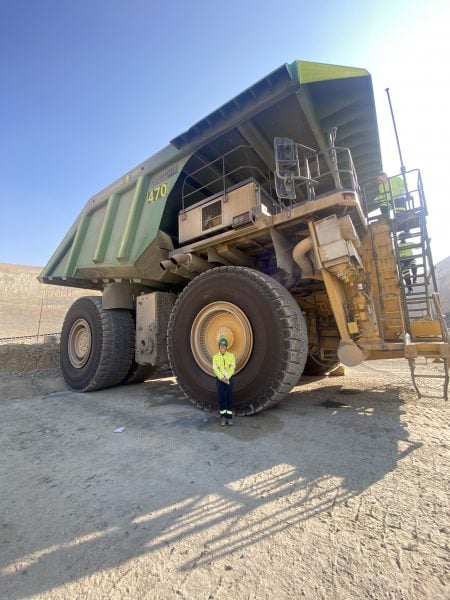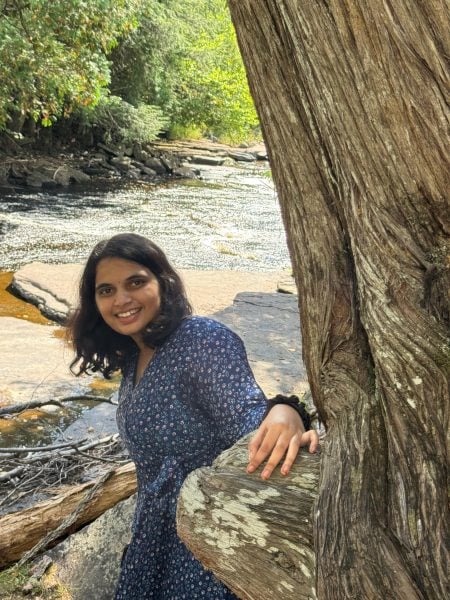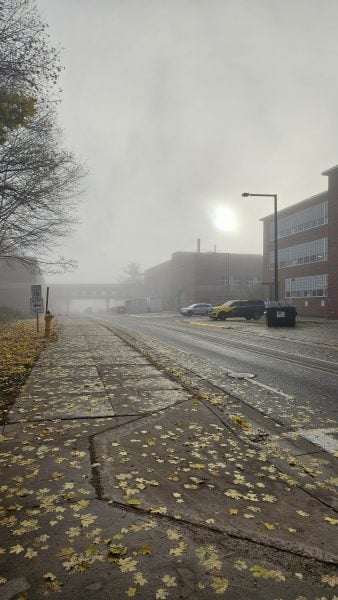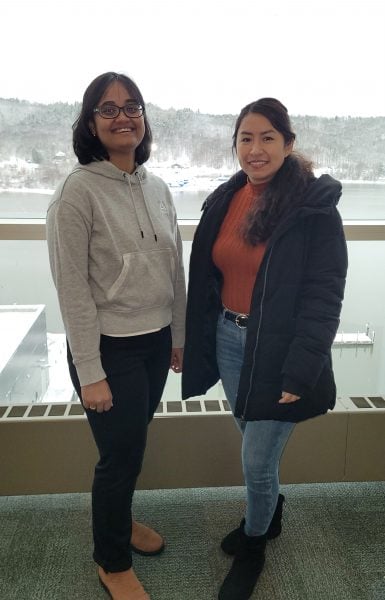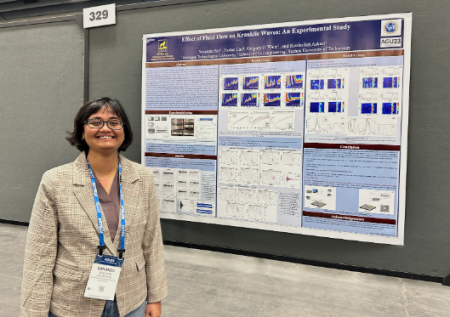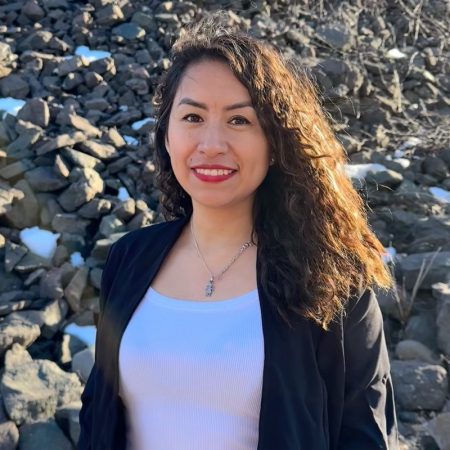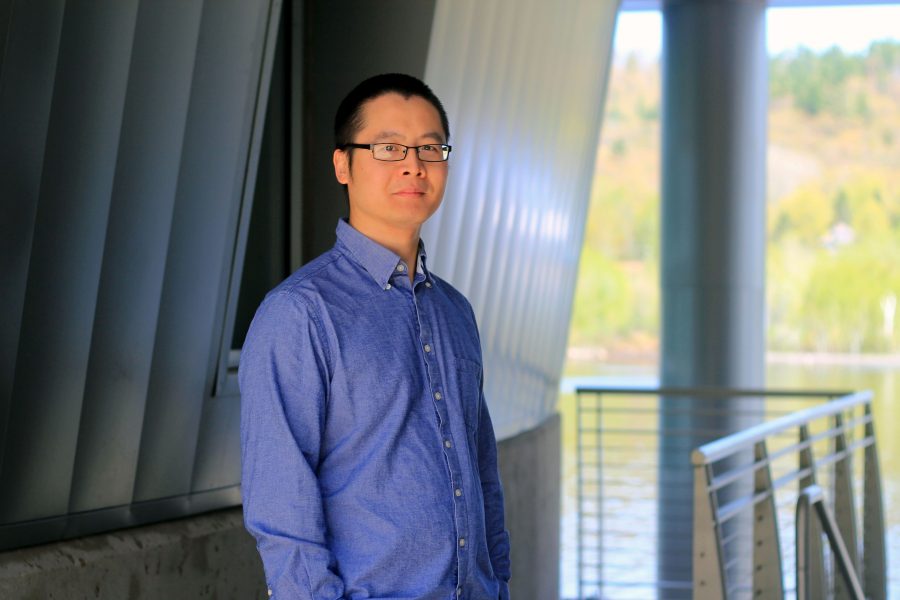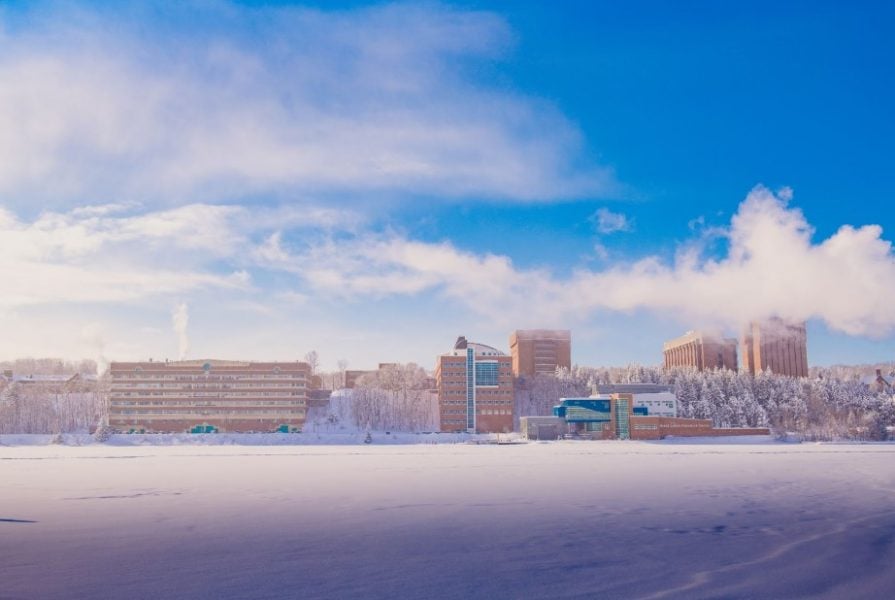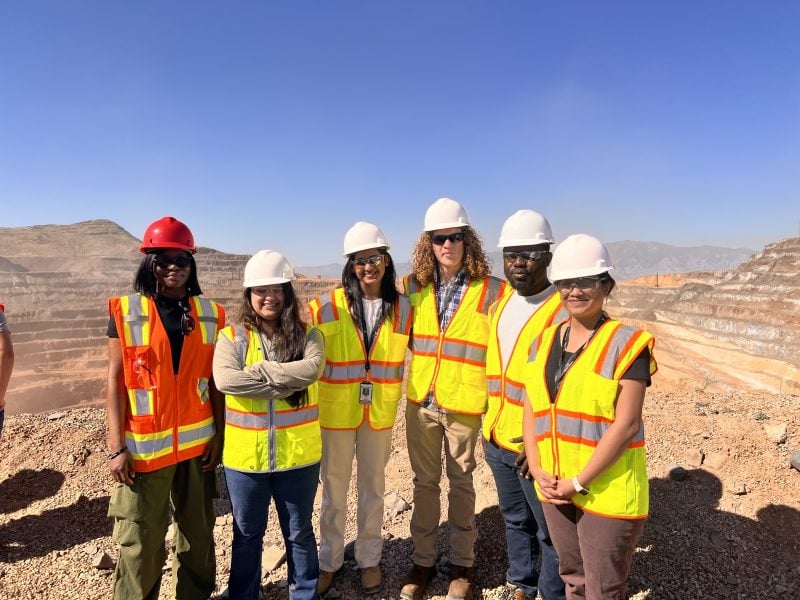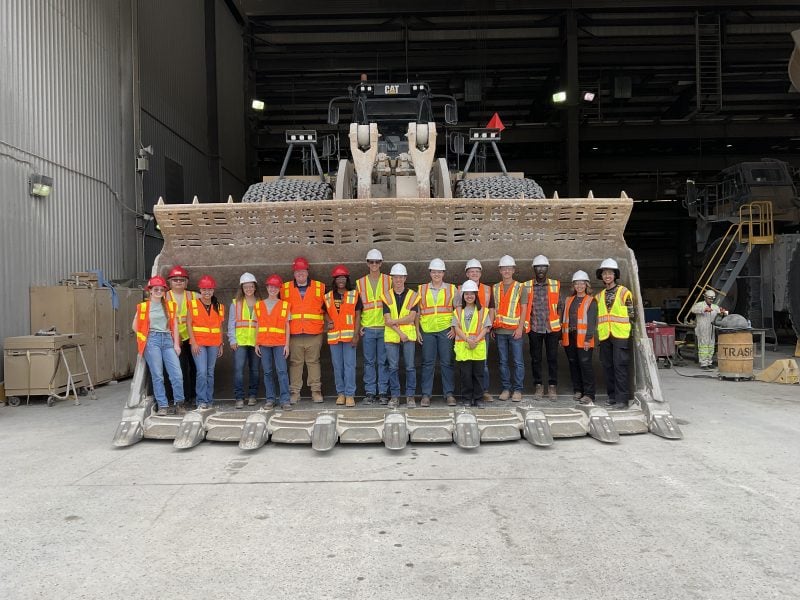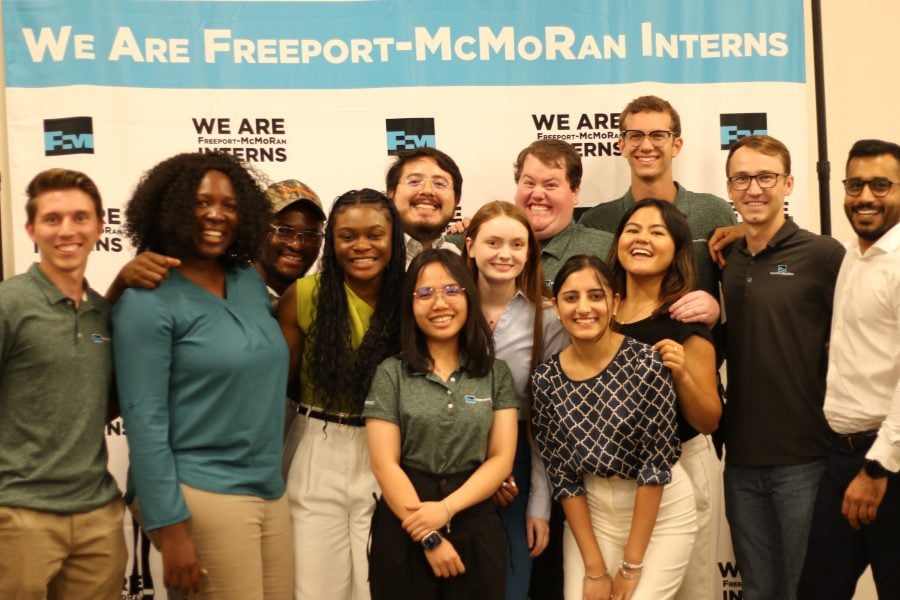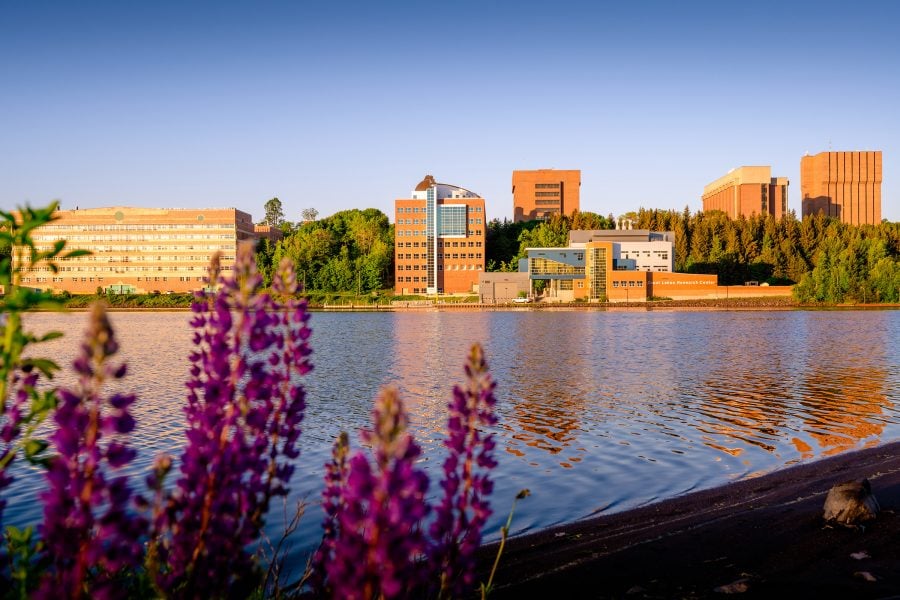Nyasha Milanzi, MS Sustainable Communities, 2025
Advisor: Chelsea Schelly
Home City: Harare, Zimbabwe
Nyasha pursued the Geoinformatics Graduate Certificate to enhance her spatial data analysis skills and address critical environmental challenges like climate change and wildfires. One highlight was analyzing the historic John Snow cholera data, which revolutionized public health research and paved the way for disease prevention and drug development advances. She also explored COVID-19 data, examining the varied impacts of state policies, a particularly relevant topic given that more than half of her undergraduate studies took place during the pandemic. Equipped with GIS, Python, and statistical tools, she plans to continue researching and working on projects that improve health and economic well-being in underserved communities. She also plans to pursue a PhD in the future. Keep reading to learn how this program can elevate your career and empower you to solve global environmental issues!
Q: What GMES Graduate Certificate will you receive this December 2024?
A: Geoinformatics
Q: What motivated you to pursue this certificate?
A: I wanted to enhance my spatial environmental data analysis, management, and analysis skills.
Q: What were the most valuable skills or knowledge you gained?
A: I discovered the power of maps as tools to solve some wicked environmental challenges of our generation, such as climate change and its associated impacts, such as wildfires.
Q: What part of the coursework did you enjoy the most? A: I loved working with interesting datasets. One of the most memorable was the John Snow dataset from 19th-century England, which provided crucial evidence that cholera was a waterborne disease. This groundbreaking discovery revolutionized public health research and paved the way for disease prevention and drug development advances.
Q: After completing the certificate, do you feel more confident in a particular skill or area?
A: Yes, I’m very confident in analyzing environmental data using a combination of Python Scripts, GIS, and Statistics.
Q: What’s your next step after completing this program?
A: I hope to continue to apply the skills in a role I will secure after my Master’s, as well as in individual and independent research I plan to do in Food, Energy, and Water Systems
Q: Do you plan to pursue any further education or certifications?
A: Yes. I see myself pursuing a PhD and using some of the tools in my research.
Q: Would you recommend this program to others? If so, why? A: Yes. If you like programming, GIS, and solving environmental challenges, this certificate is for you.
